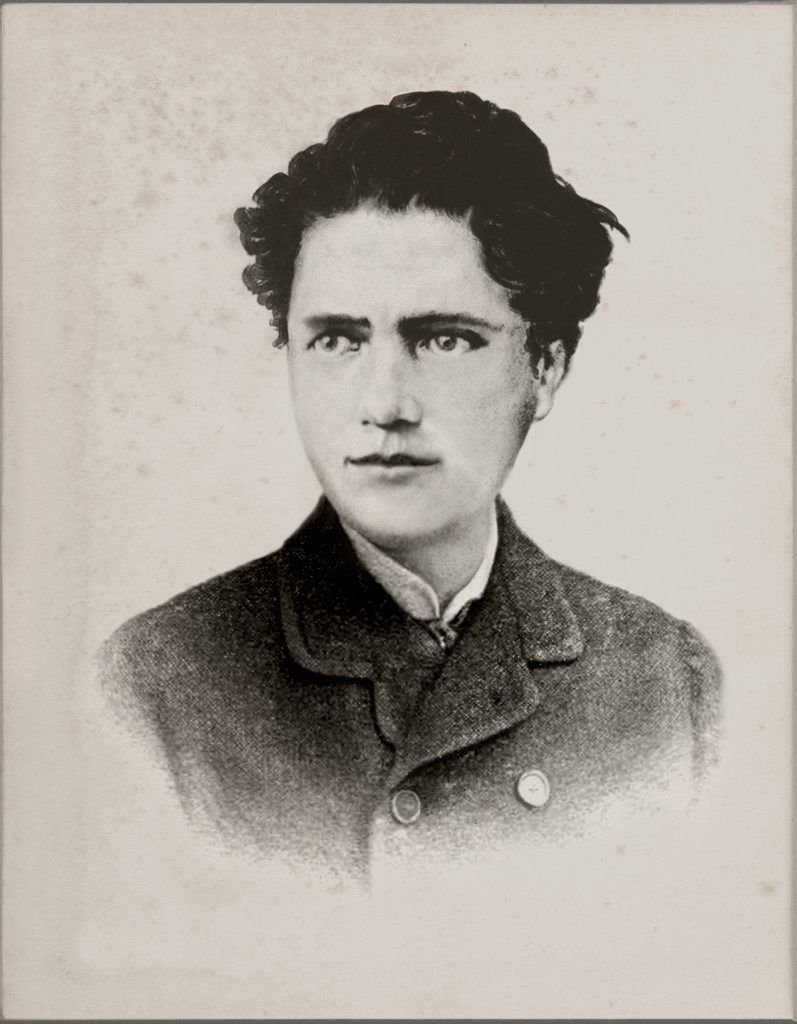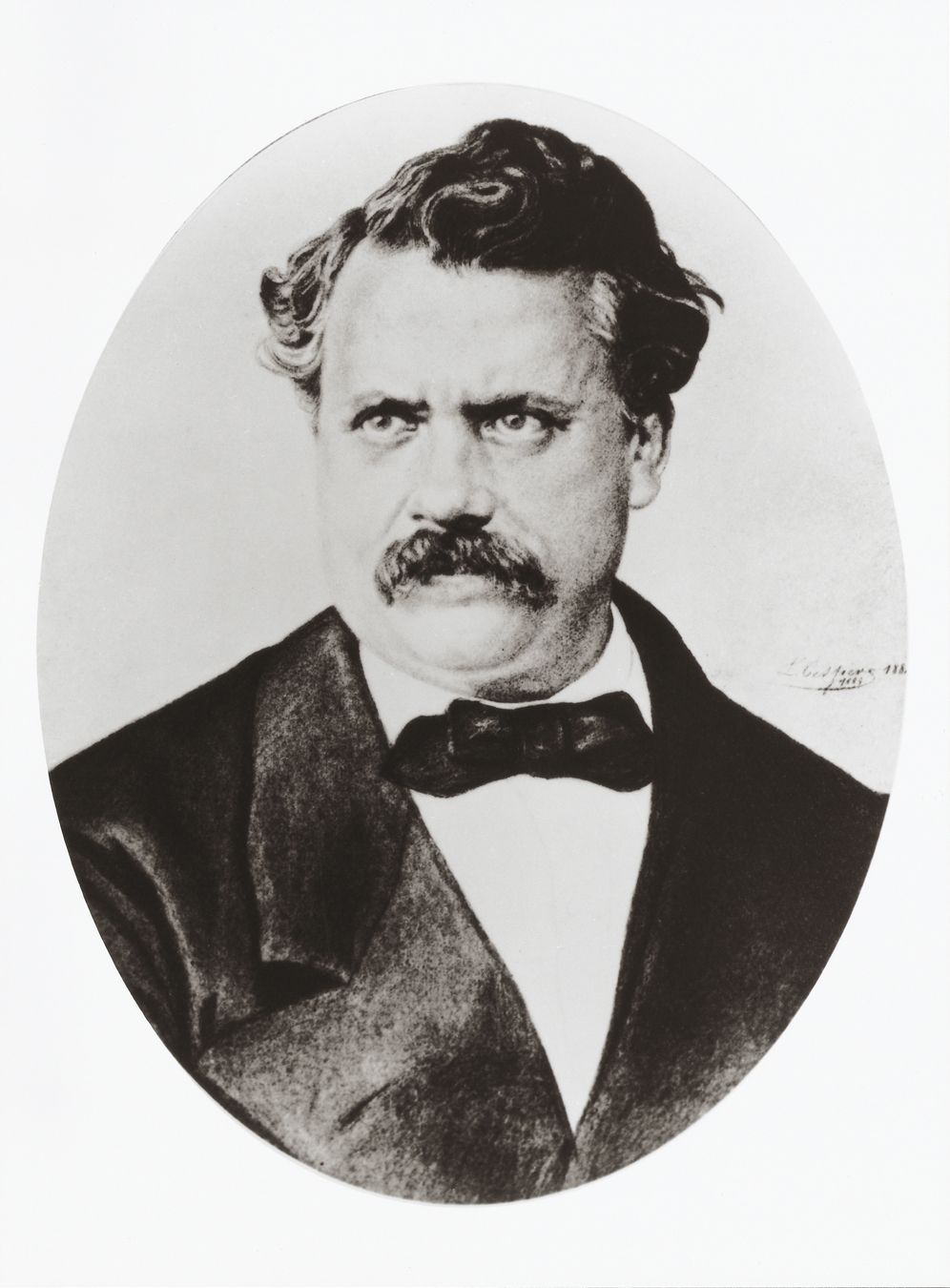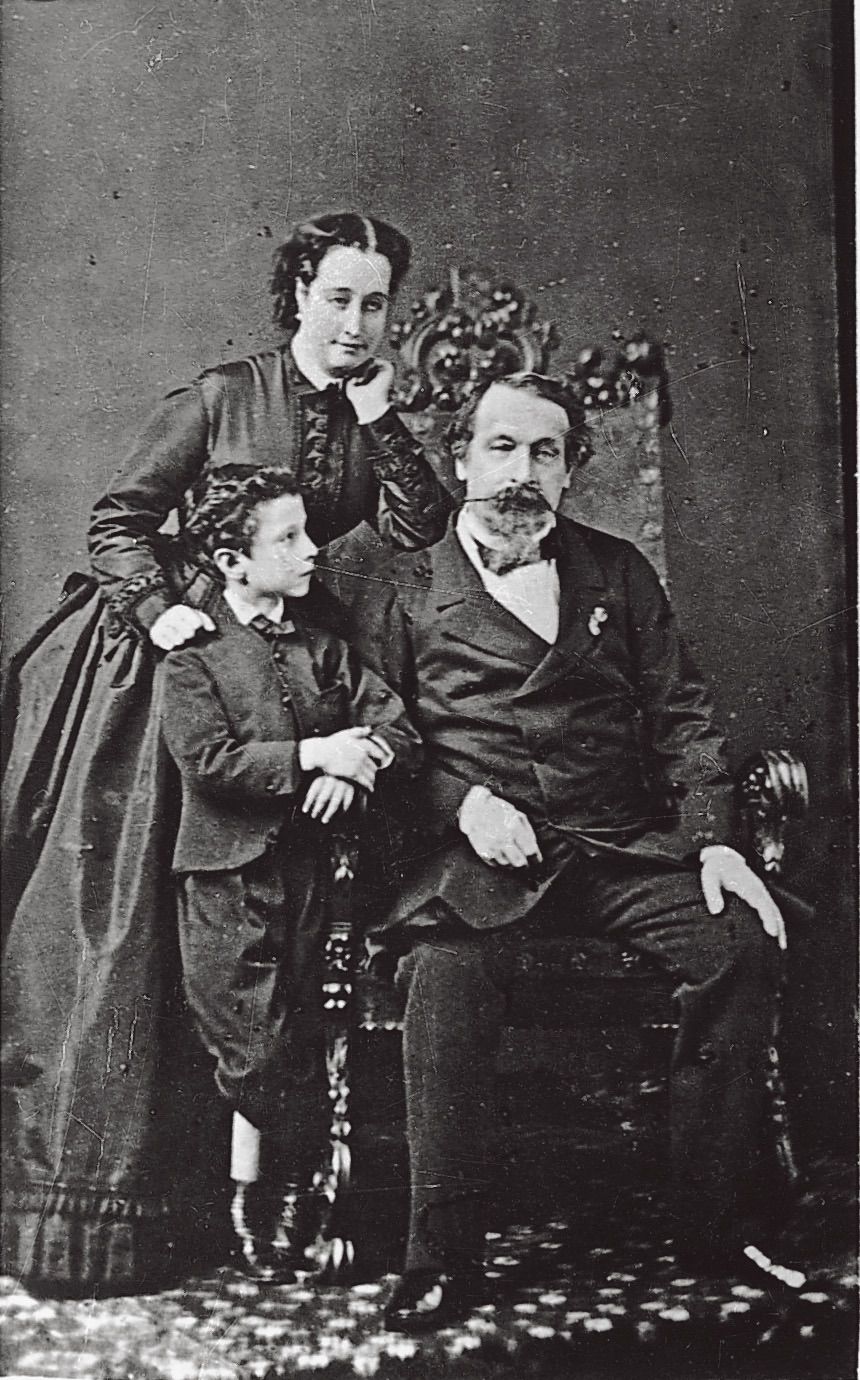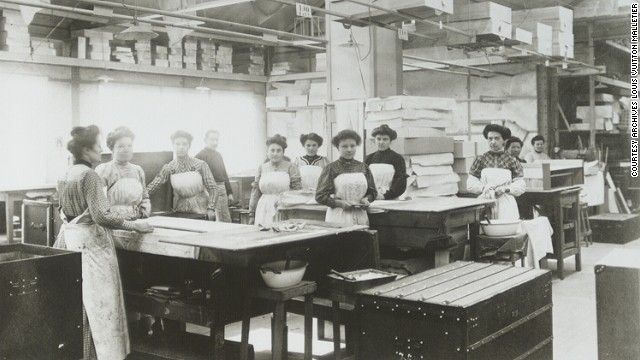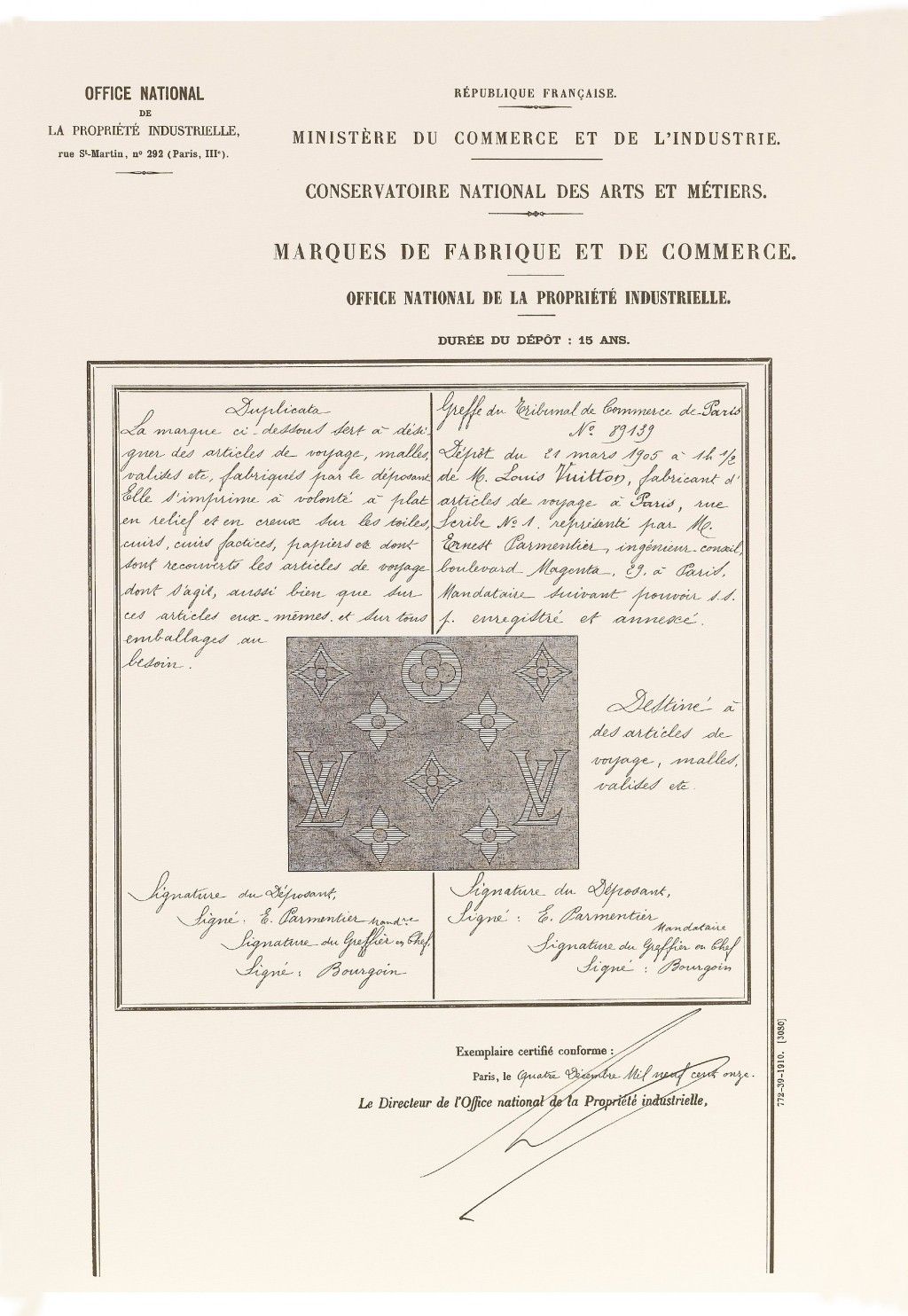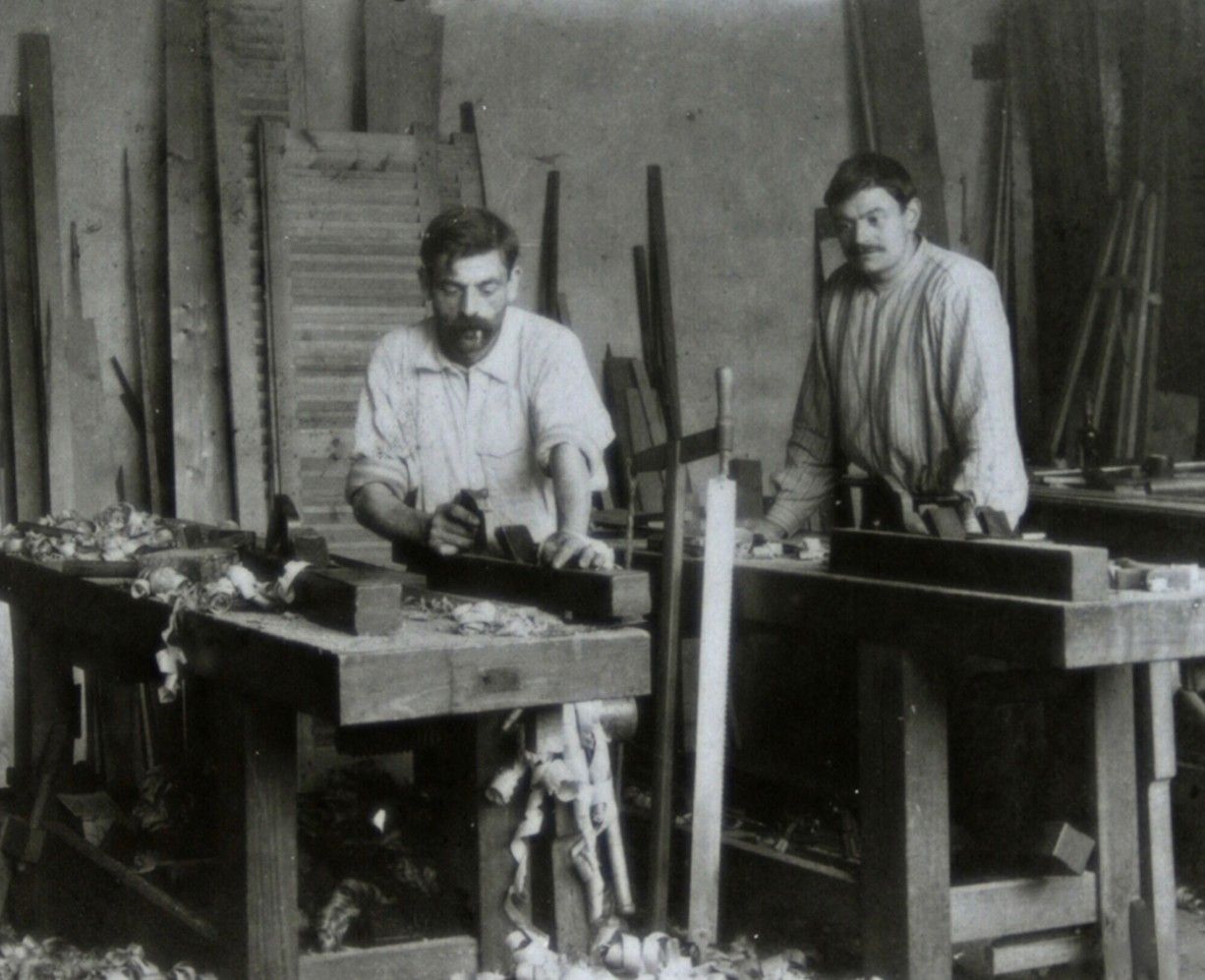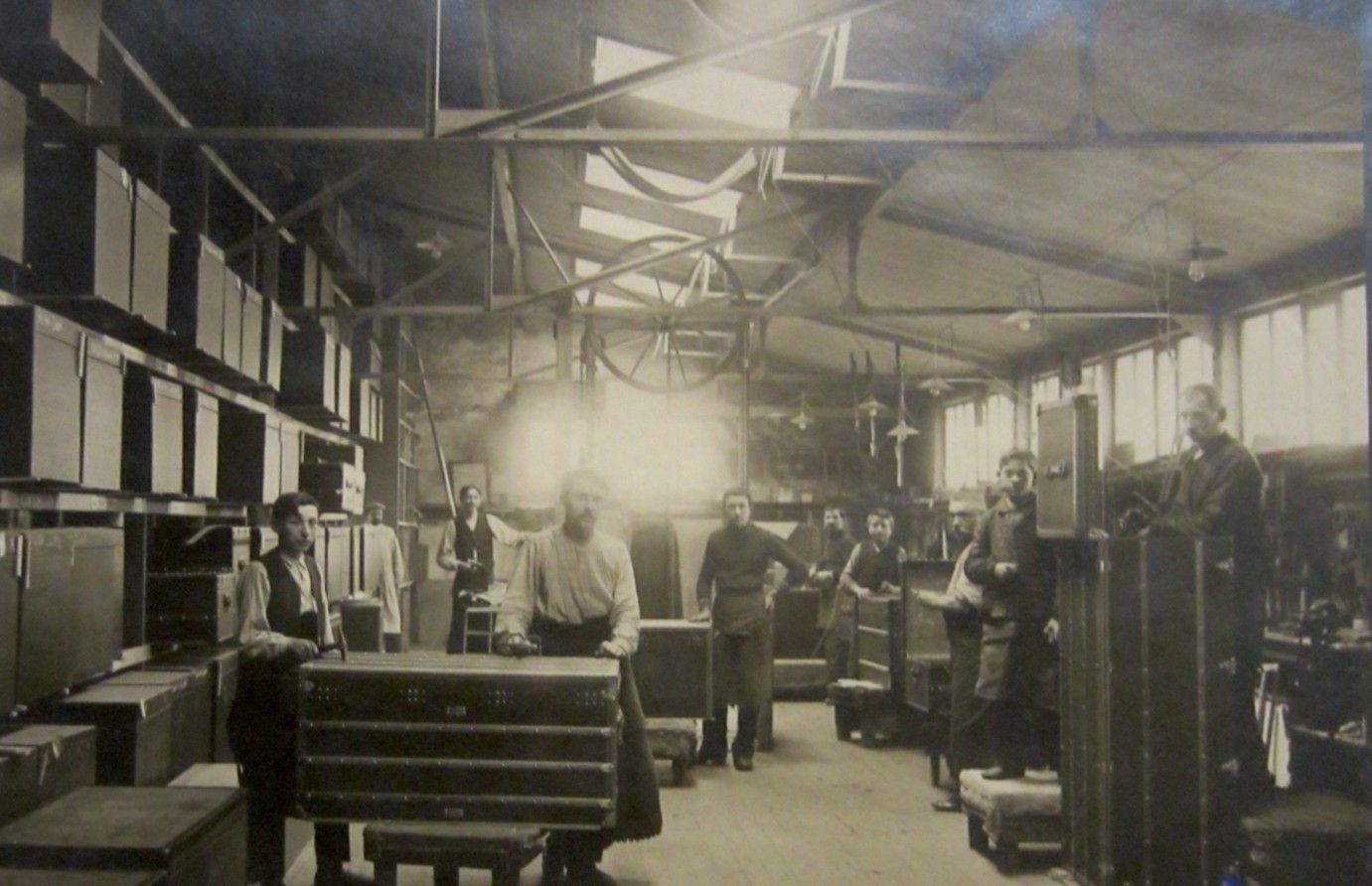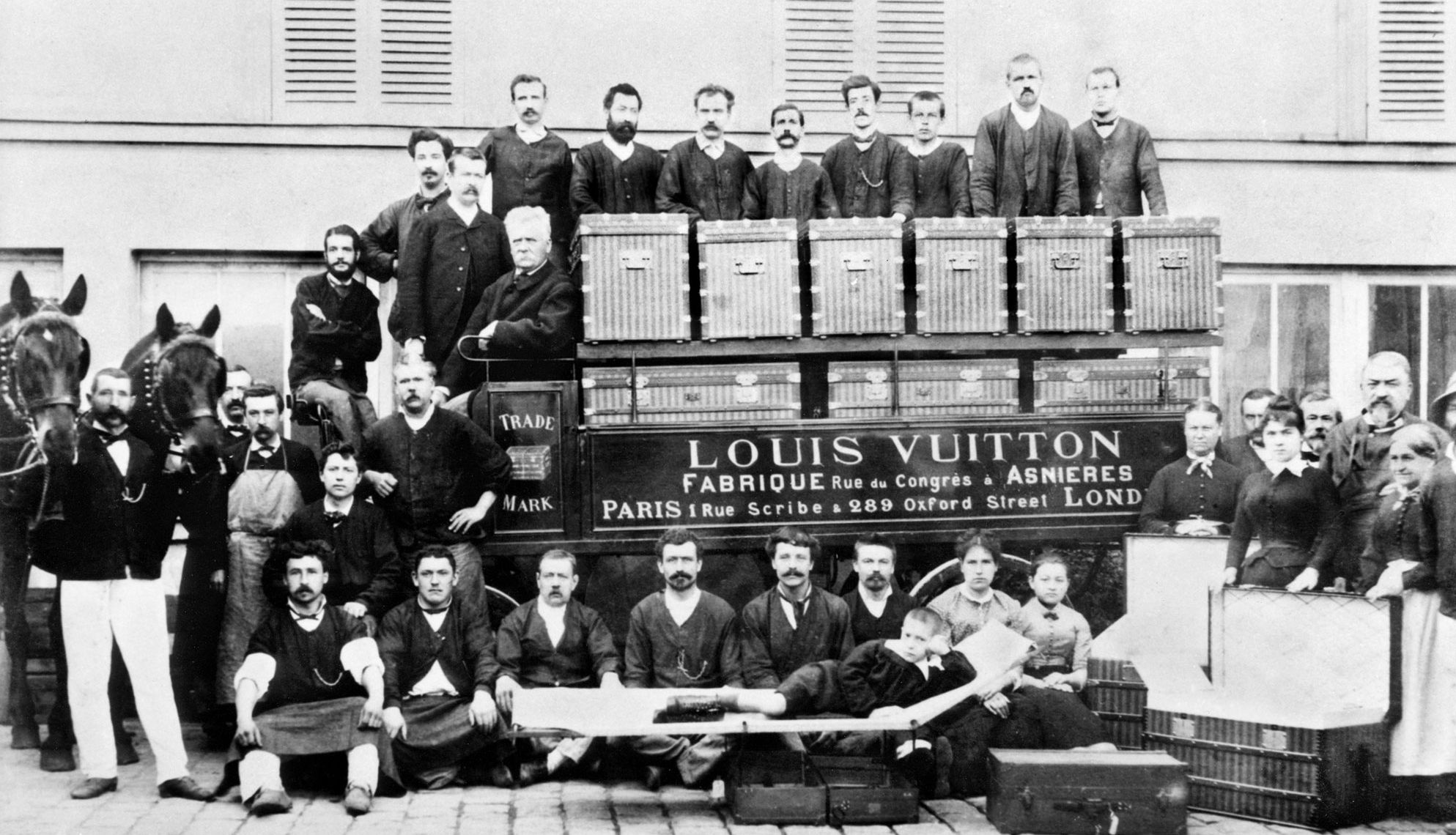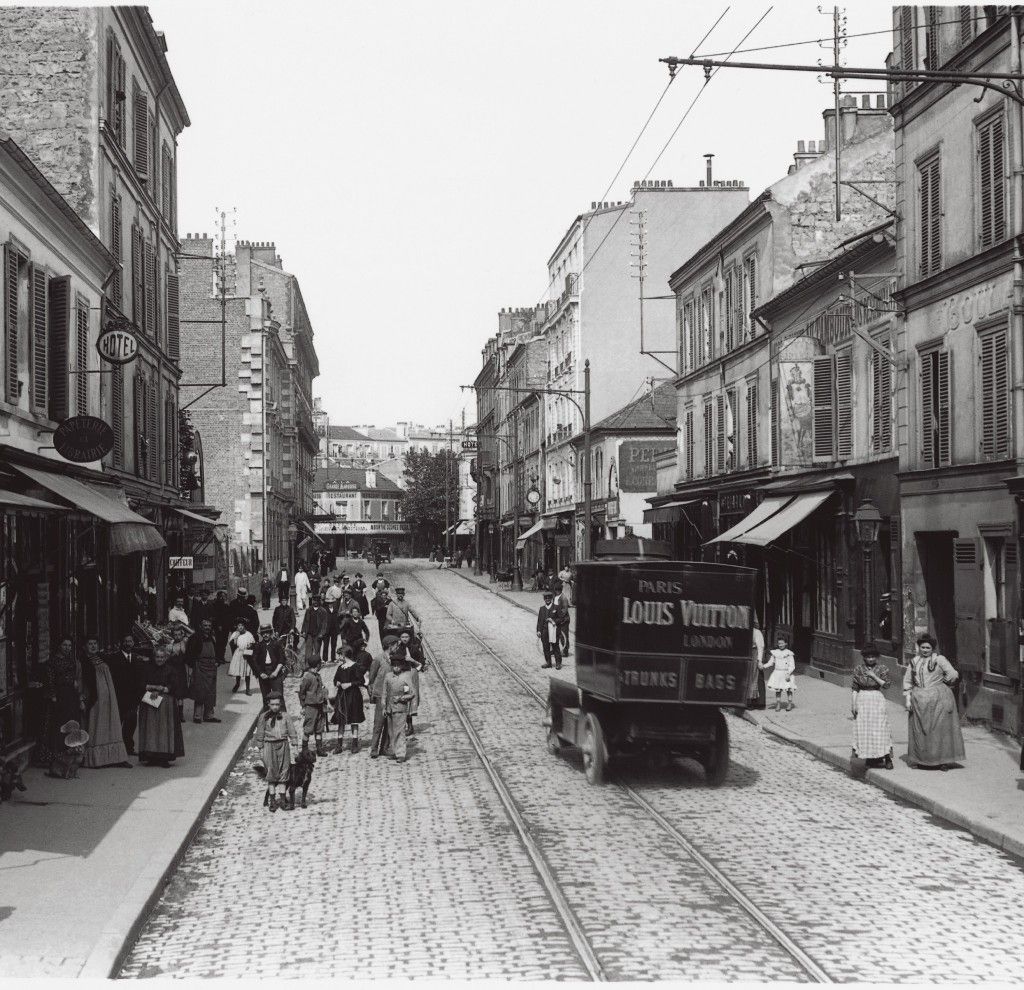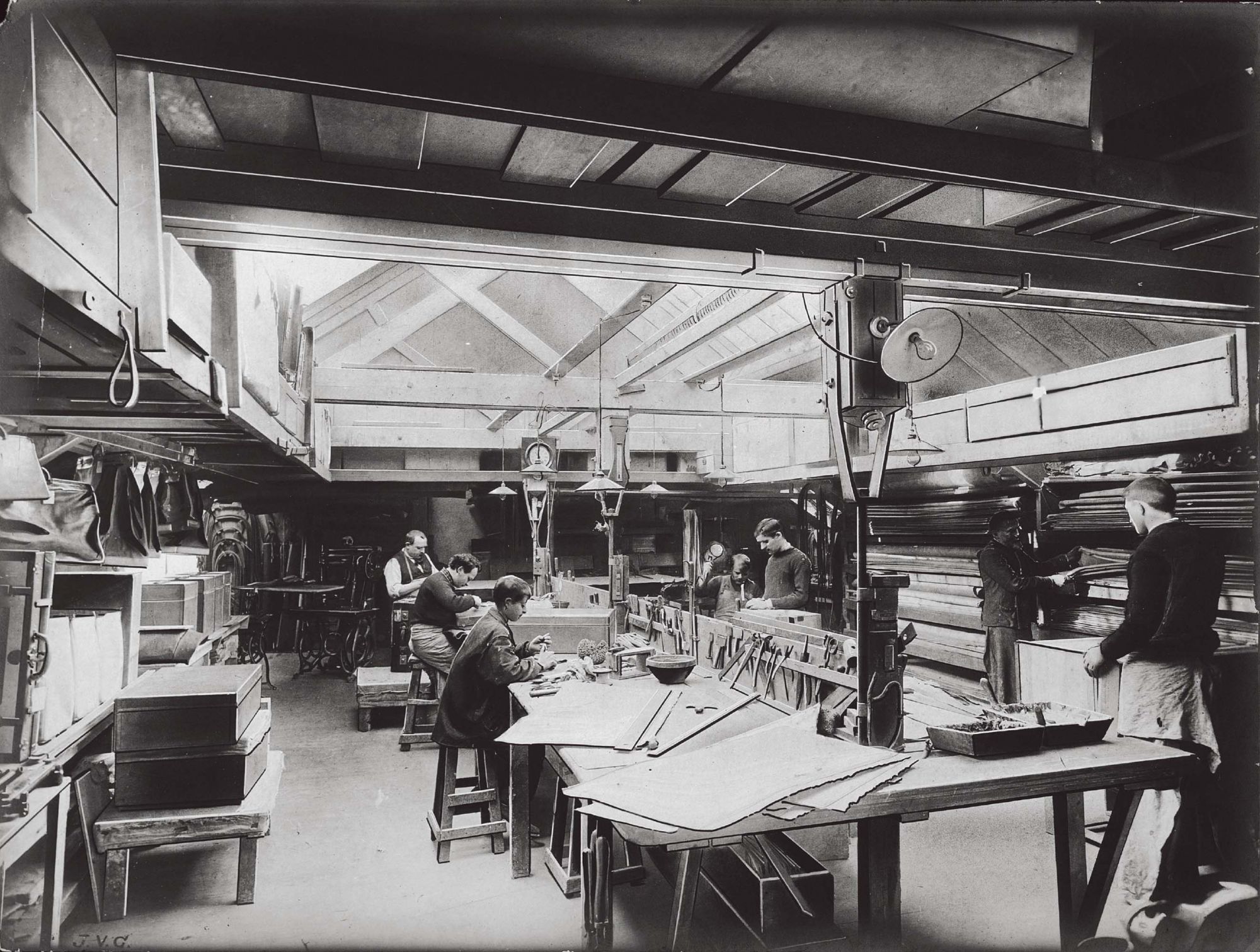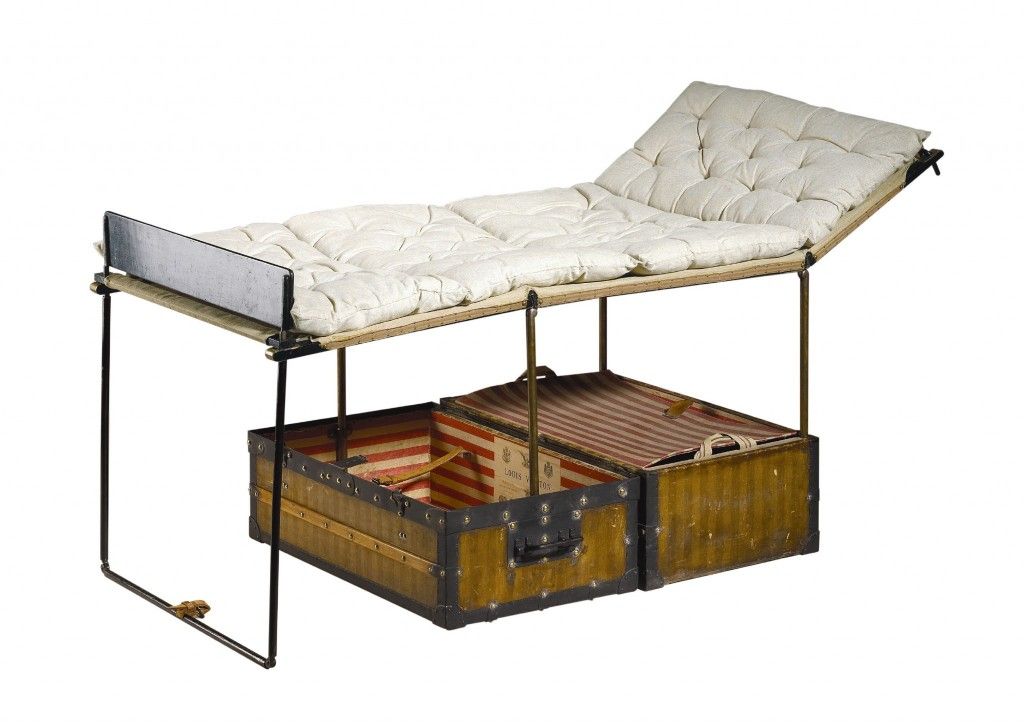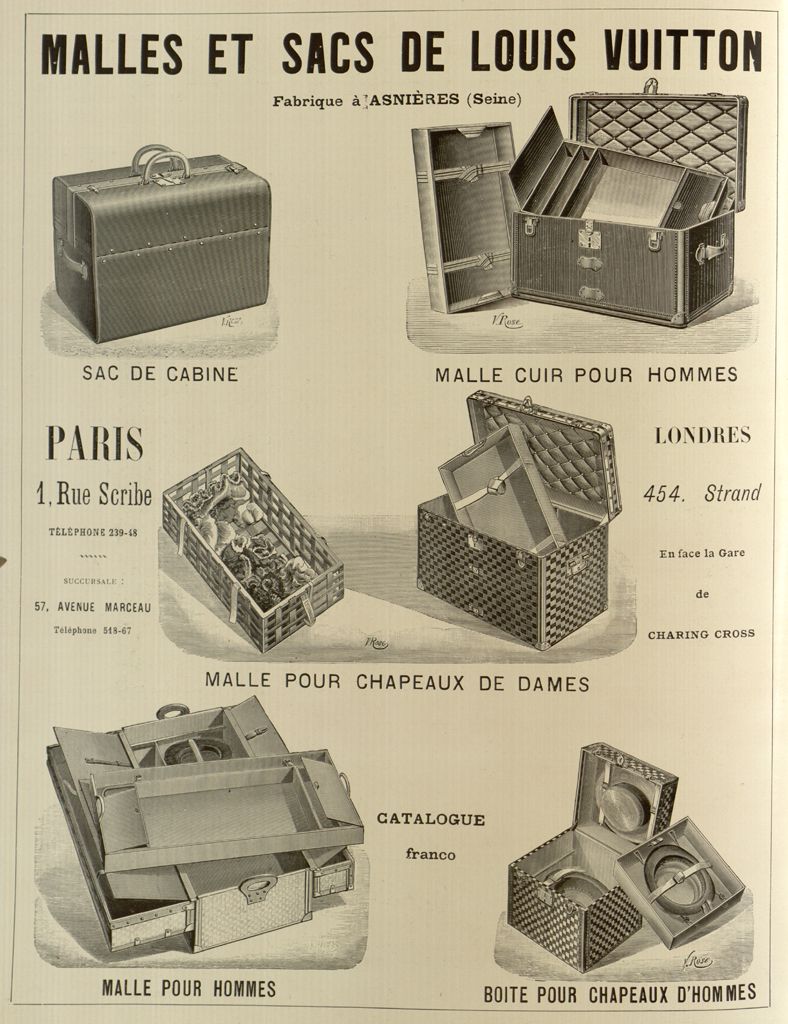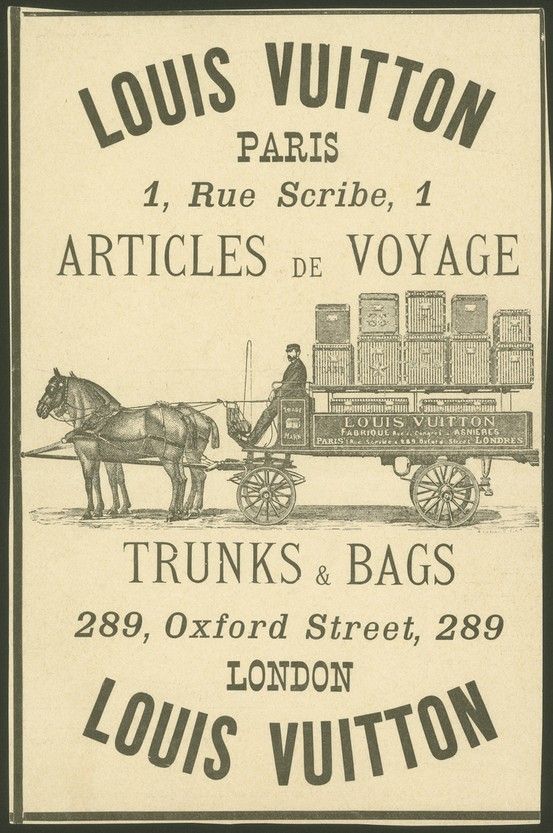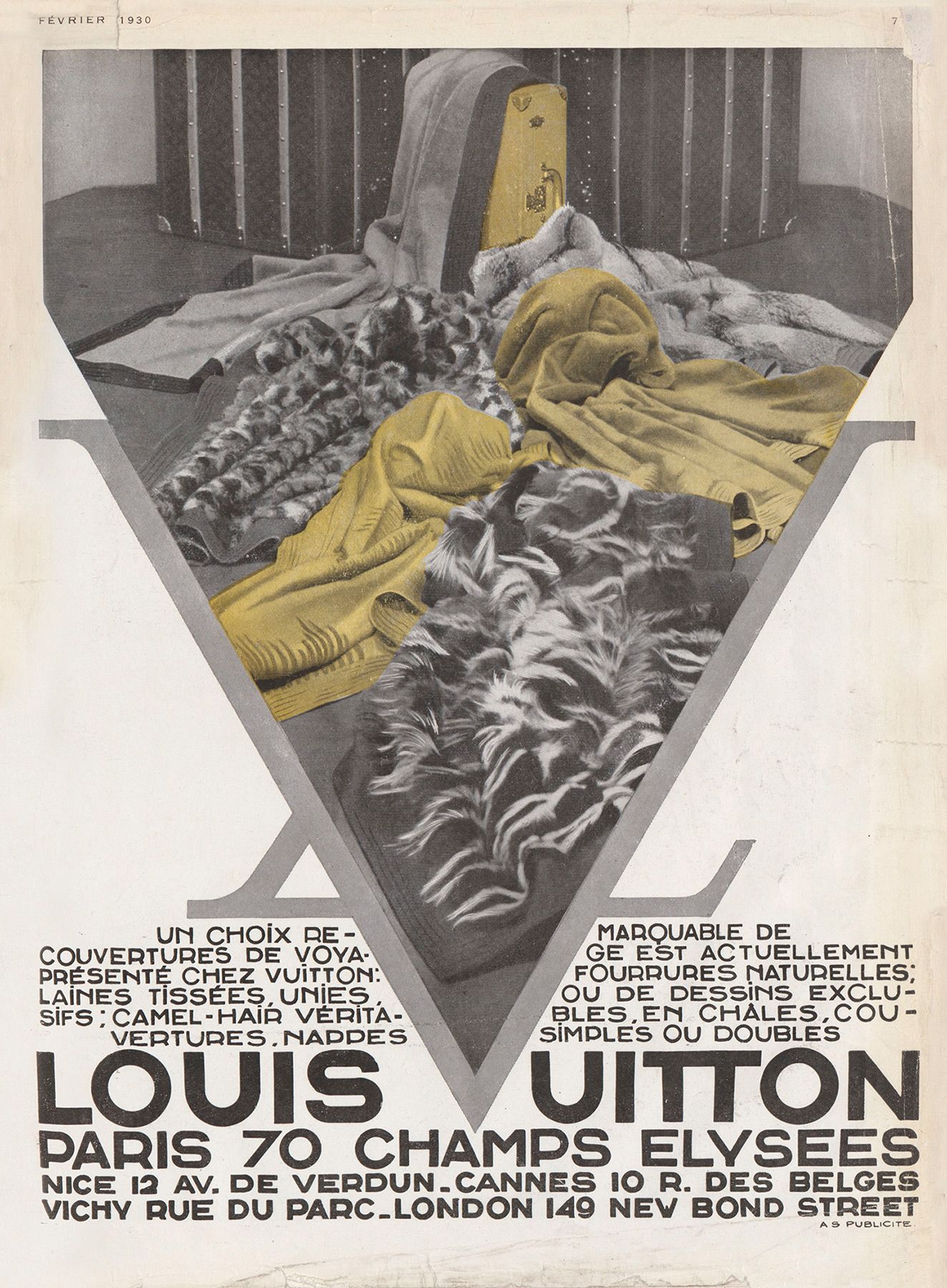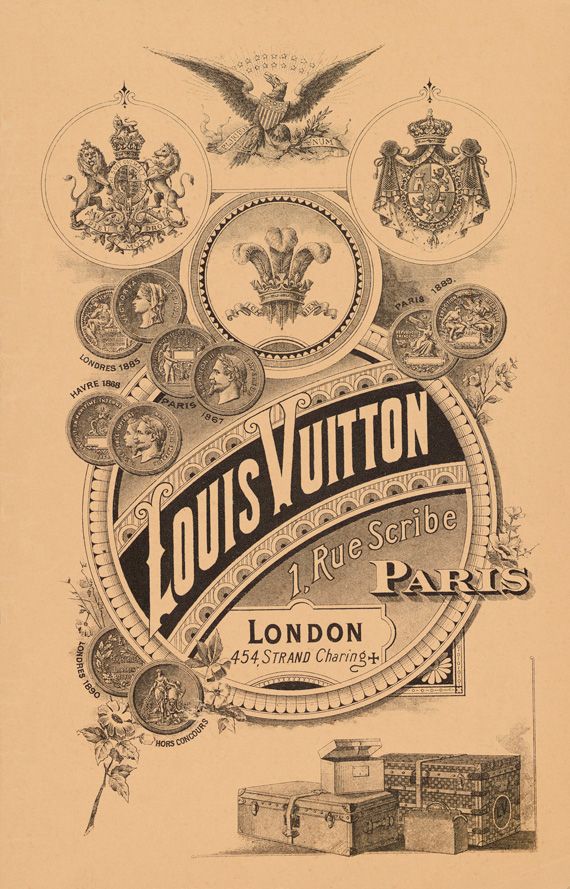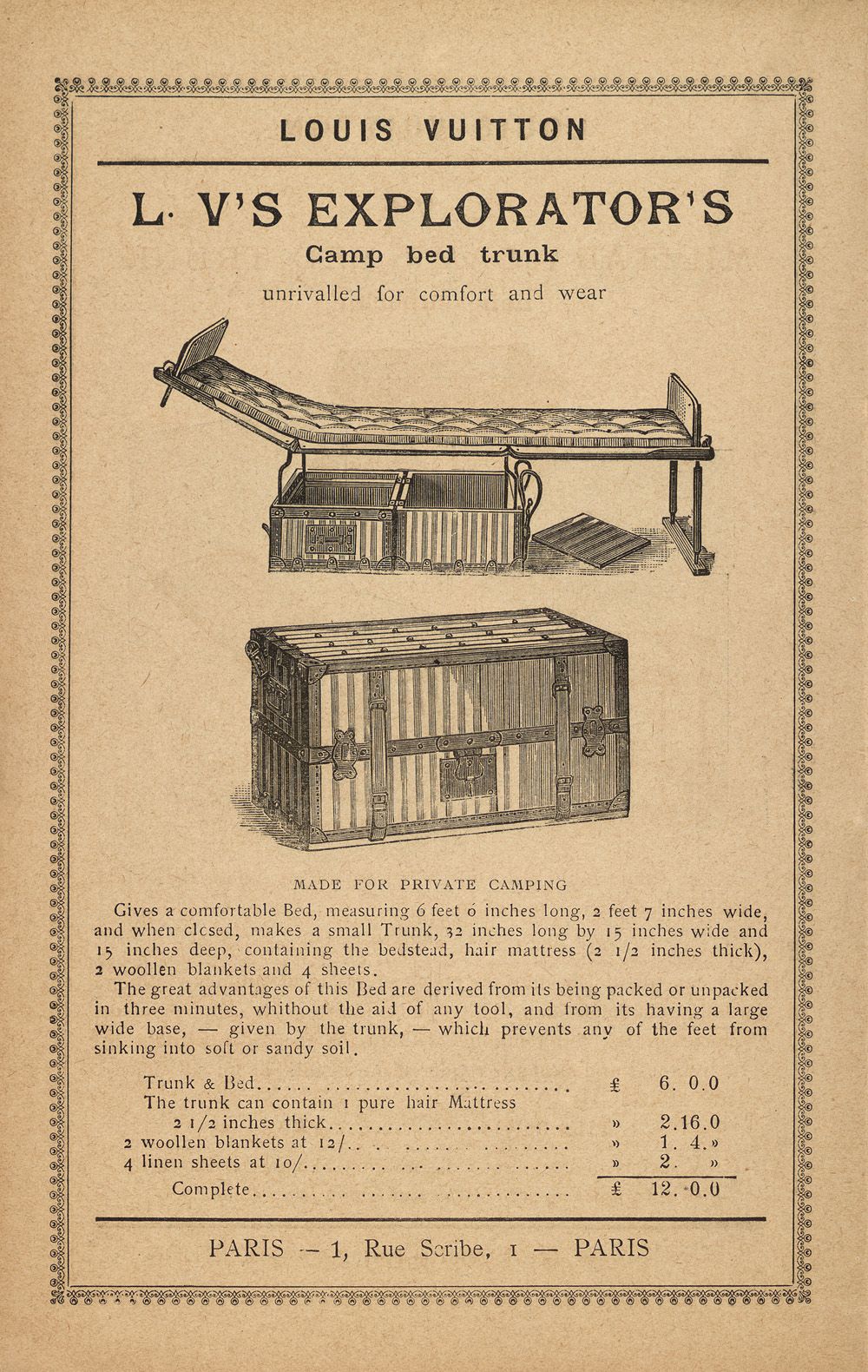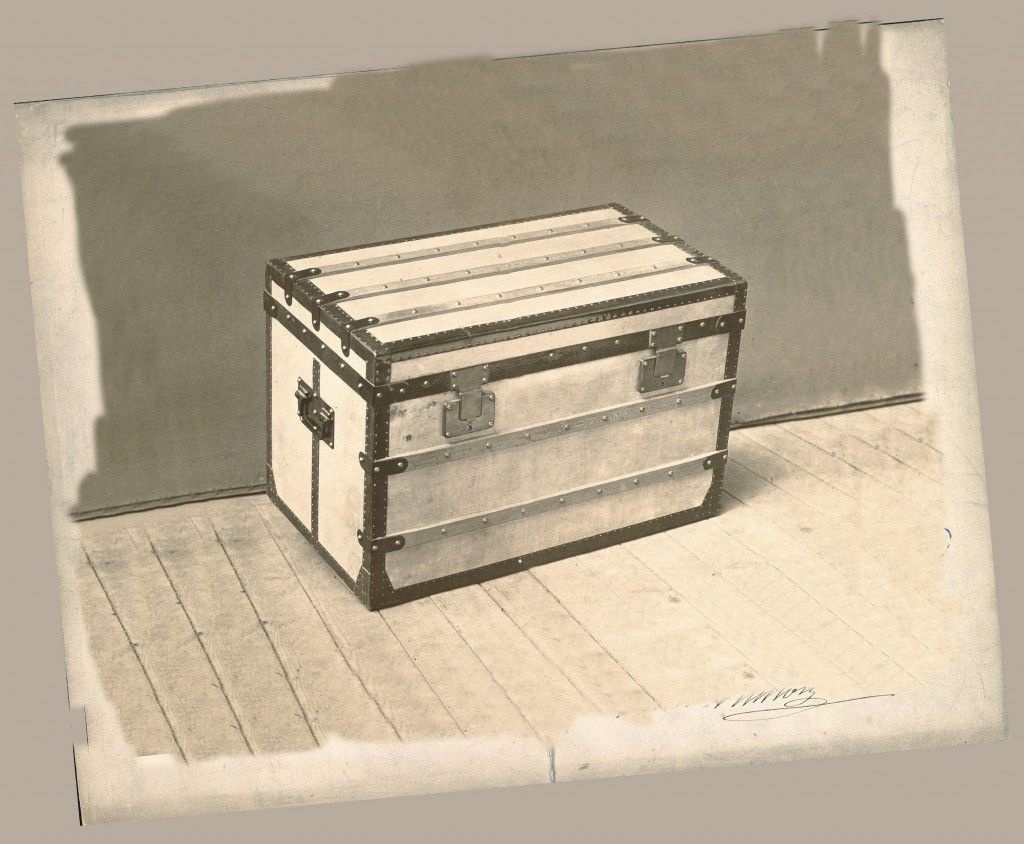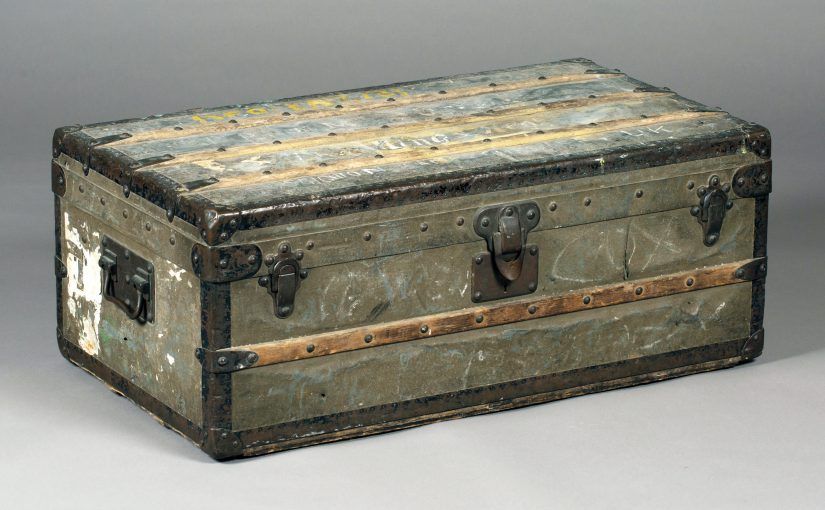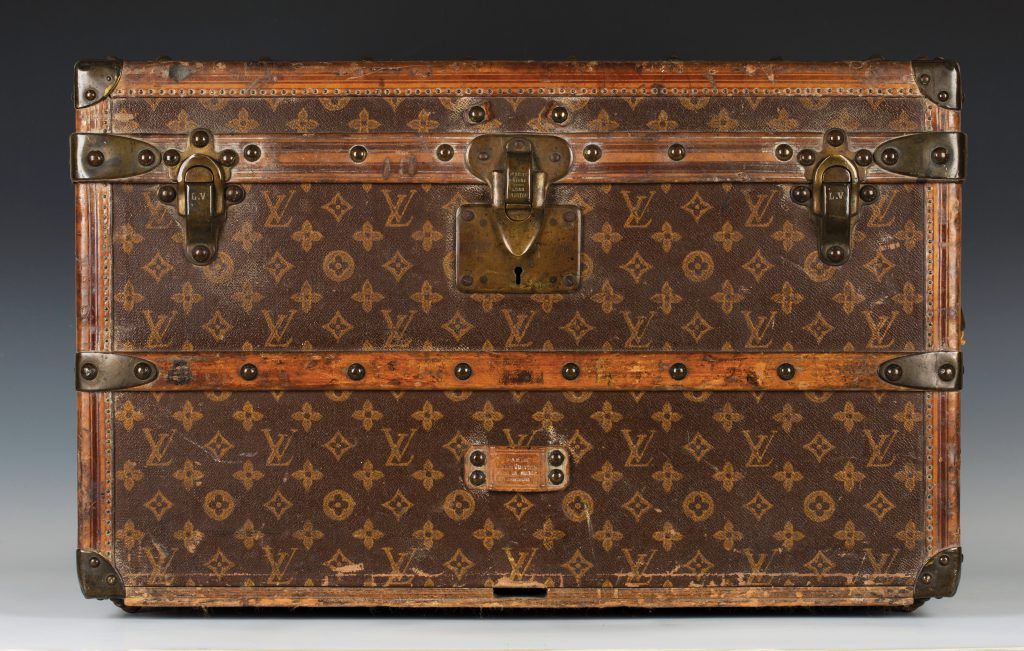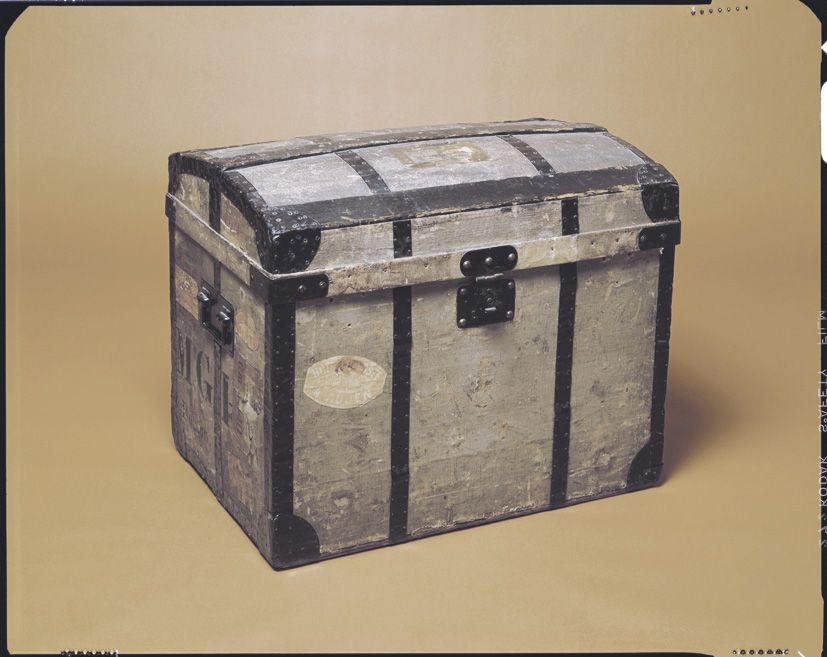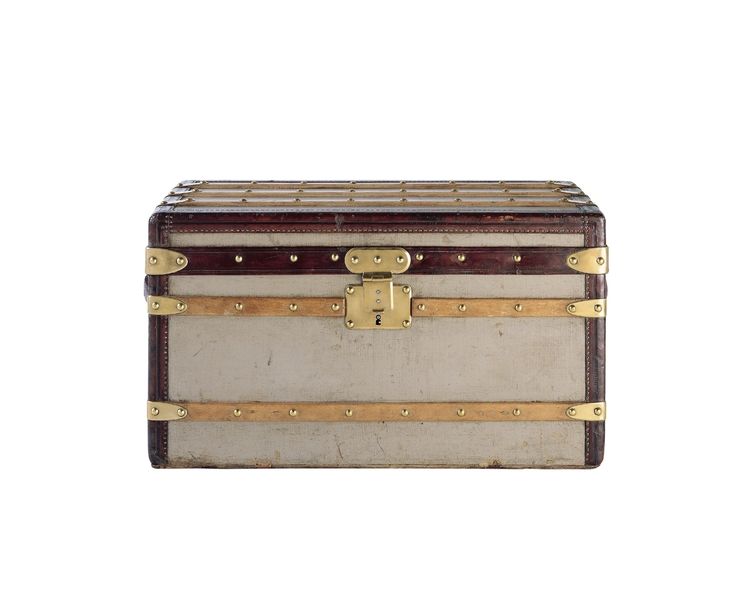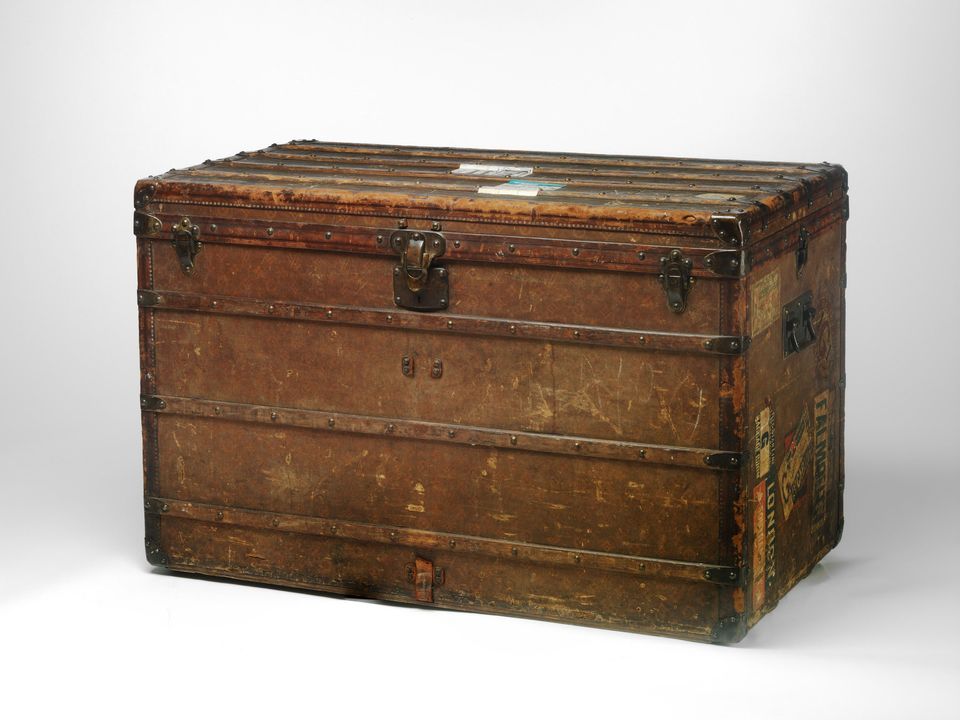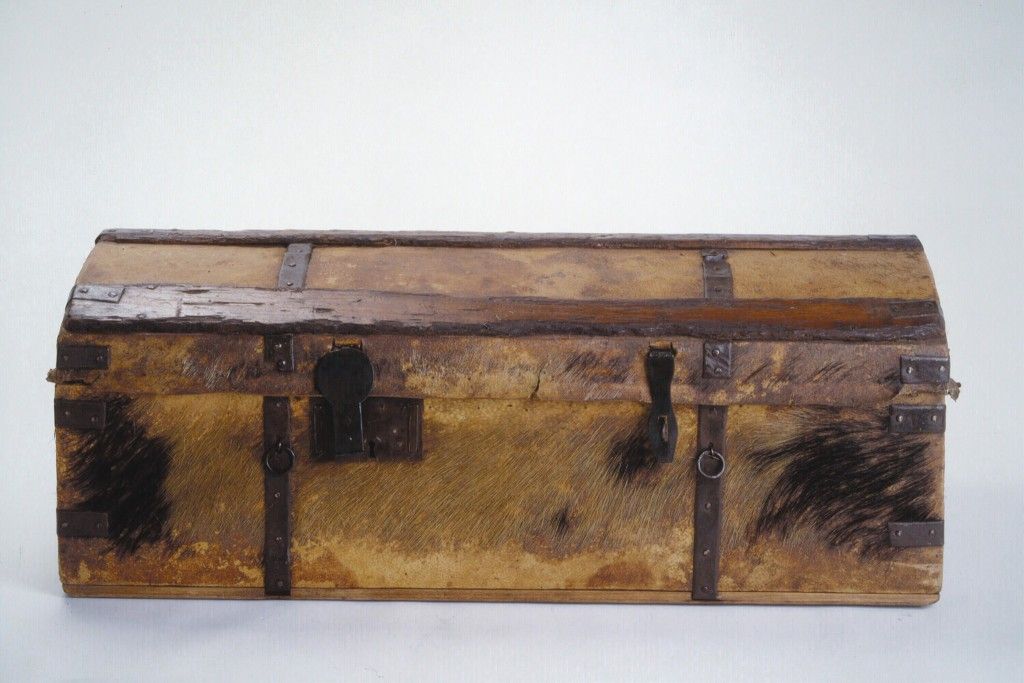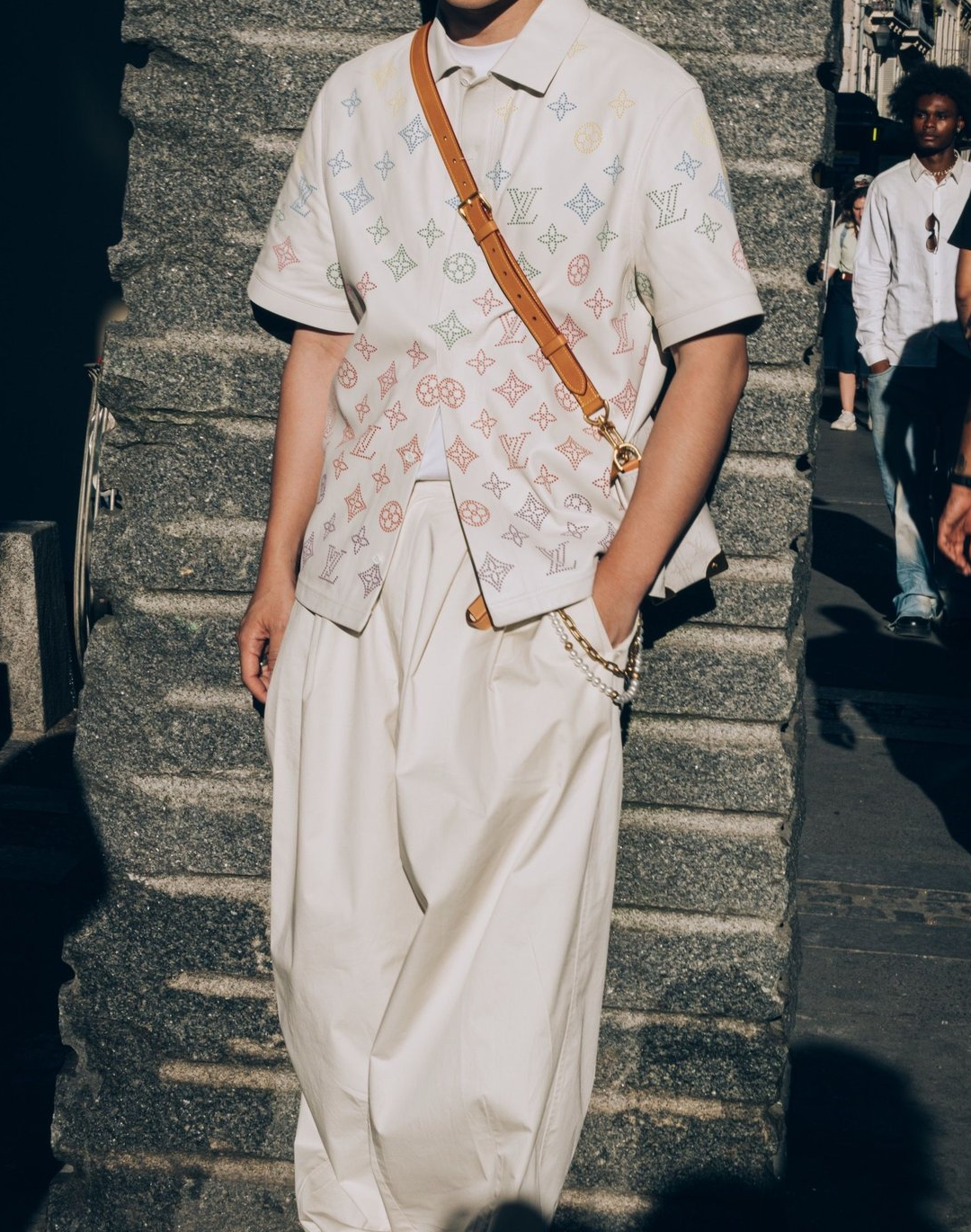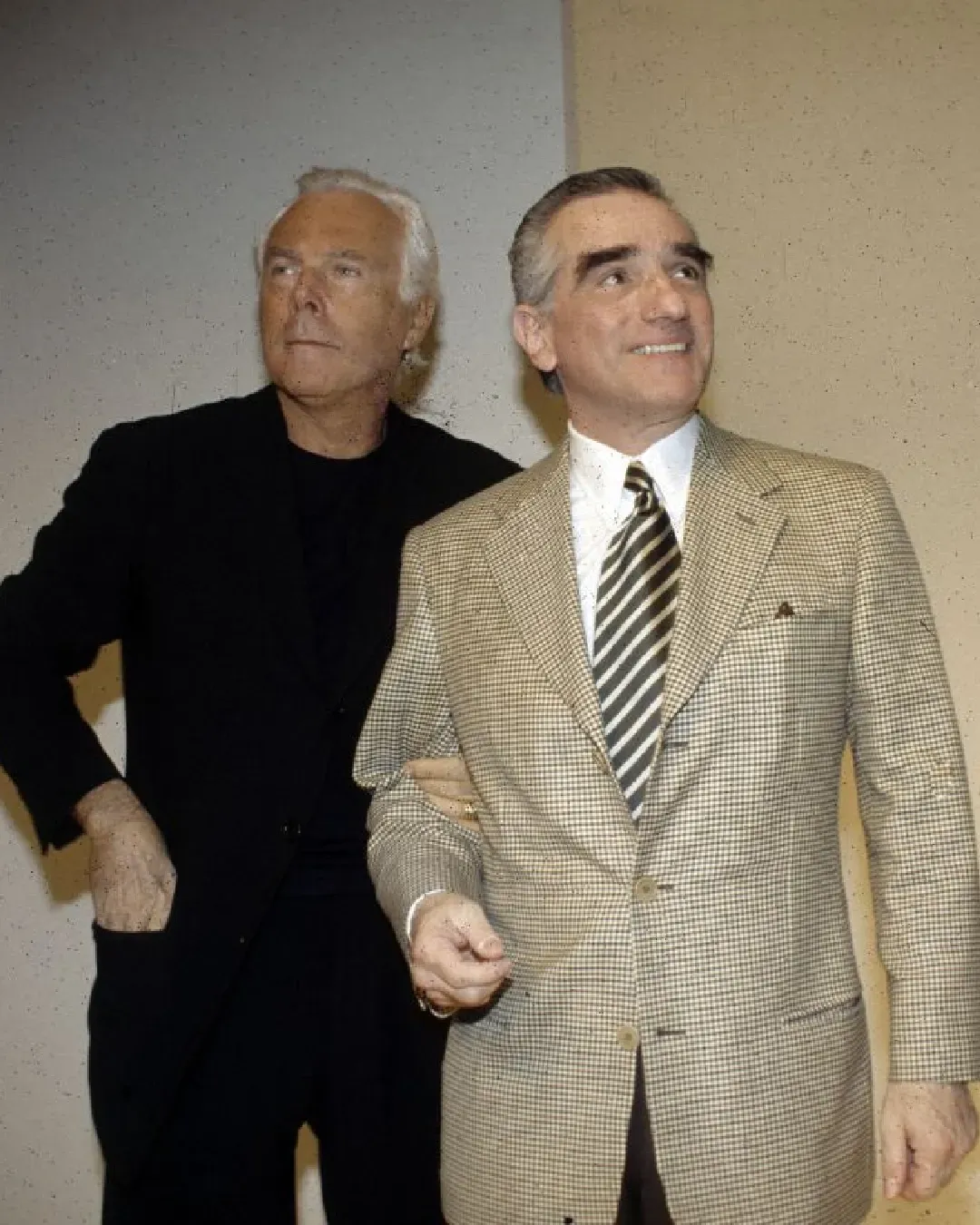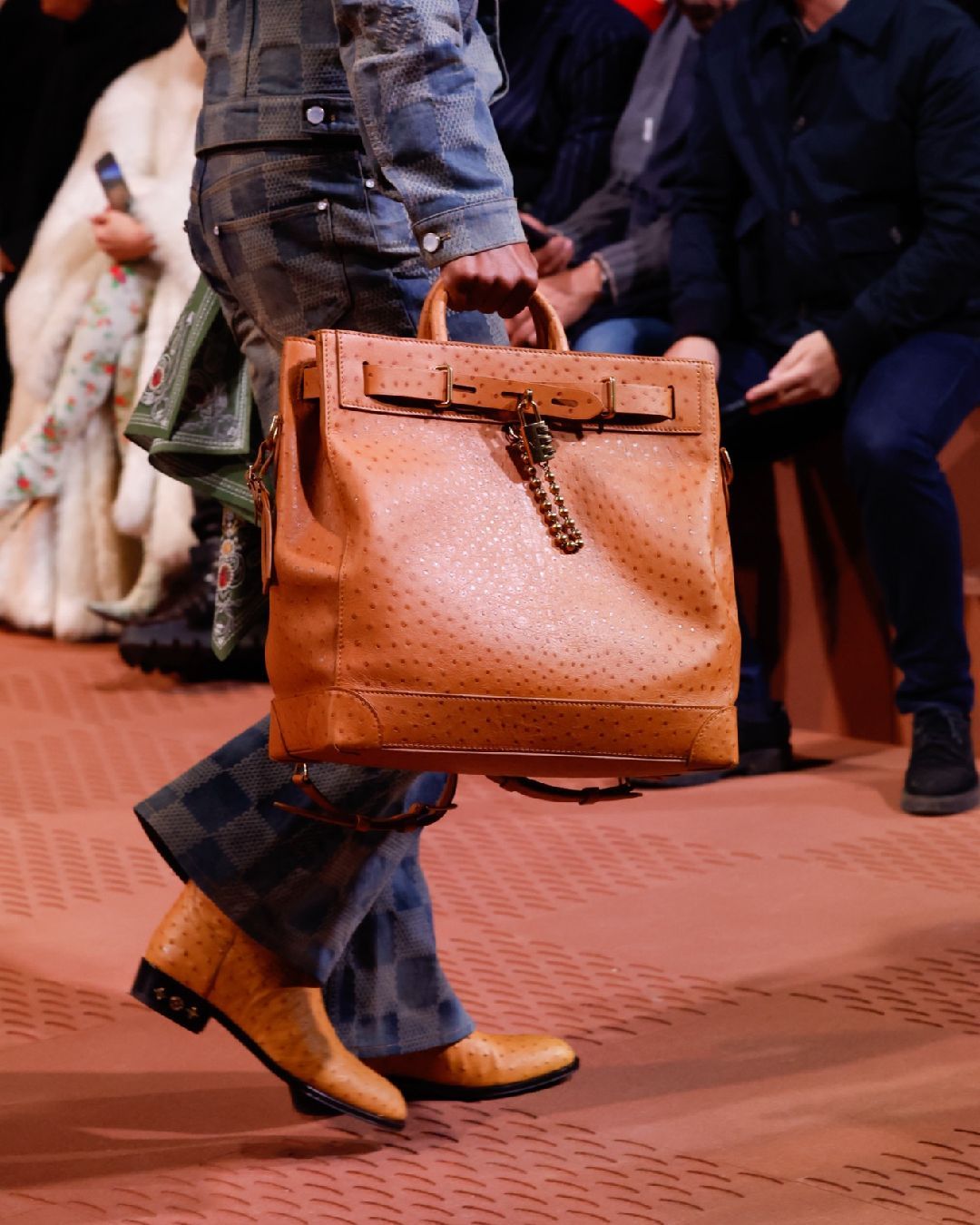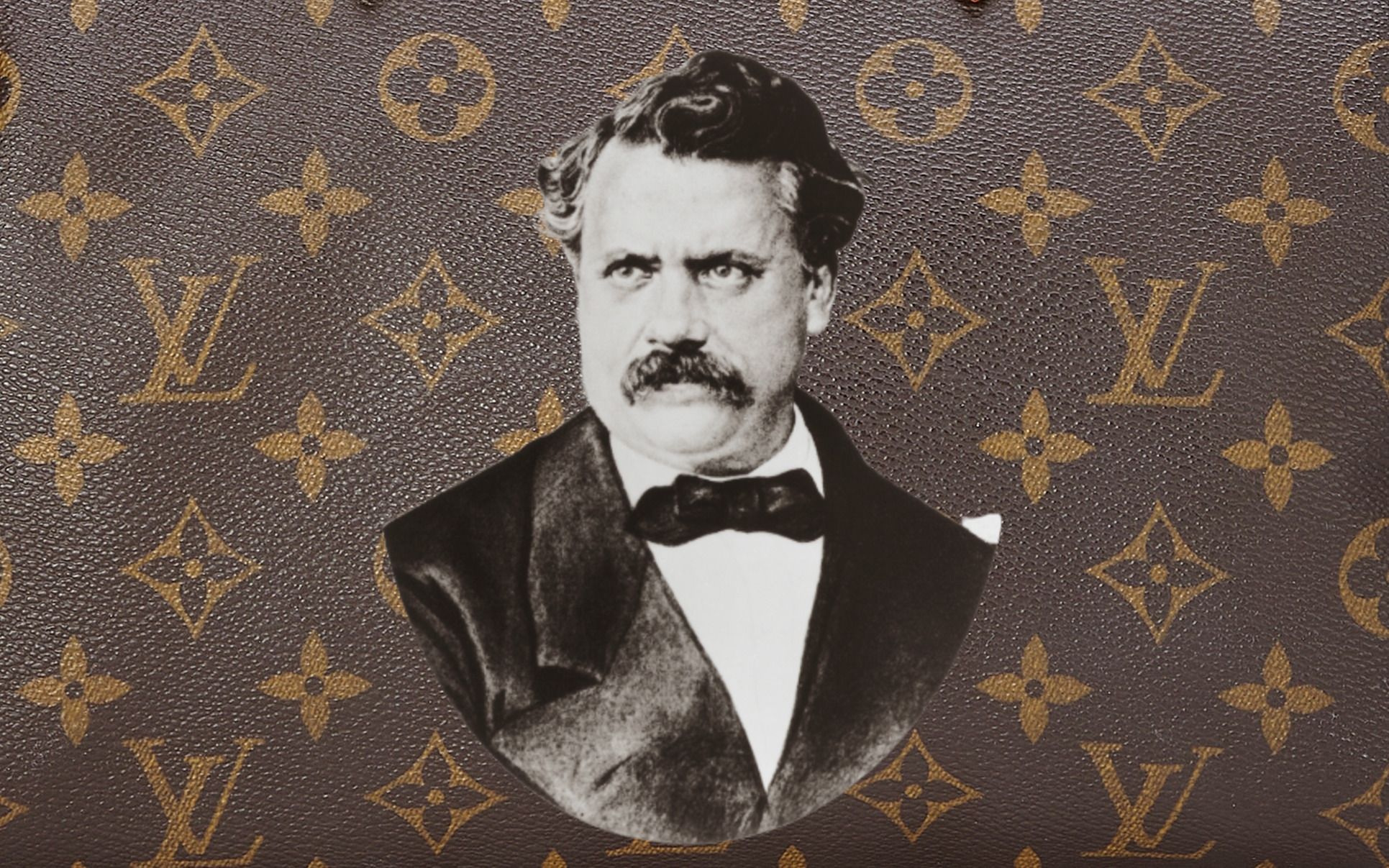
Who was Louis Vuitton? Life of the man who created the most famous brand in the world
It all started as in a fairy tale: with an orphan and an evil stepmother. Louis Vuitton was only ten when his mother died, followed shortly after by his father, in the town of Anchay. The very young boy knew the rudiments of many trades: his relatives had been carpenters, artisans and milliners – all skills that helped him survive when he ran away from home in 1835, at the age of thirteen, headed for Paris in search of fortune. It took him two years to travel a distance of about 470 kilometers, surviving with several occasional jobs, and arriving in the city in the full explosion of the Industrial Revolution that was sweeping Europe. He was only 16 years old when he arrived in the capital French and became an apprentice in the workshop of Monsieur Marechal, a renowned suitcase-maker for the high society of the time. At this point for the young Vuitton began a long apprenticeship, which lasted about 17 years, earning him the reputation of a skilled craftsman and making his travel trunks among the most requested in France.
The market for suitcases and trunks was large: at the time, in fact, not only the nobles traveled for long periods, bringing with them large loads of suitcases that had to be resistant to carriage journeys; but the clothes themselves were more elaborate and precious, especially with regard to the women's wardrobe, and had to be preserved with every care. It was precisely the female clientele that made Vuitton make the leap in quality. In 1848 Napoleon III became the new Emperor of France and Vuitton's fame skyrocketed when, a few years later, between 1852 and 1853 the Empress, Eugénie de Montijo, appointed him his personal suitcase, opening the doors of the royal families and the very high European aristocracy that at the time looked to France as the most advanced civilization in Europe: Vuitton's career was assured. Within a year the malletier left the workshop of Monsieur Marechal, married and opened his shop: the myth of Louis Vuitton was born. Outside his very first boutique you could read the inscription: «Securely packs the most fragile objects. Specialising in packing fashions».
A huge success came from the introduction of the rectangular travel trunk, which combined lightness and capacity, also thanks to the flat lid – the original idea came from the English company H.J. Cave &Sons which, on the orders of Samuel Parkinson, had created a whole set of rectangular trunks and trunks that could be stacked on top of each other in an era when the majority of trunks still had a roundish lid and were built of heavy wood. To make them resistant, a shellac canvas decorated with checkered pattern was created: this was how the Daumier motif used until today was born.
The innovation was so well received that, to produce his own trunks and suitcases, Vuitton had to open a new factory in Asnieres and began to receive orders from all over the world, including from the then chadivè of Egypt, the very rich Isma'il Pasha who had, among other things, a special trunk with internal shelves to transport fresh fruit. It was around this time that Vuitton introduced another important innovation - the burglar-proof lock. Each lock was associated with a customer's name and the key was kept in Vuitton's workshop in order to make any copies. The European nobility of the time fell in love with him – especially after a challenge was organized in Paris with the legendary Houdini who had to get out of one of Vuitton's burglary trunks.
But hard times also came for the unstoppable Vuitton. Between 1870 and 1871 the Franco-Prussian War broke out, which for two years paralyzed travel and travel, changing the distribution of capital and culminating in the siege of Paris, which left the ruin of the Vuitton laboratories, its workers who died or fled the war and saw a collapse in demand. But when the war was over, Vuitton did not let himself be discouraged: he used the remaining capital to open a new boutique-workshop on Rue Scribe, near the Paris Opera and launched a new line of products with a new beige monogram. The success of the new line was once again extraordinary and the company that now also employed Louis's son, Georges who, after the death of his father in 1892, at the age of seventy, would create in his honor the LV monogram that we still know today.











































